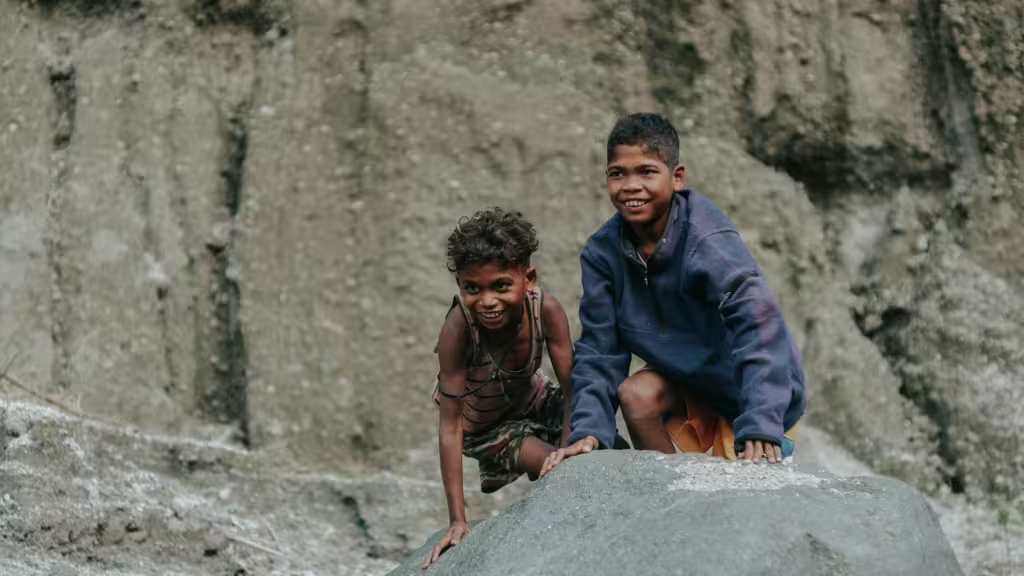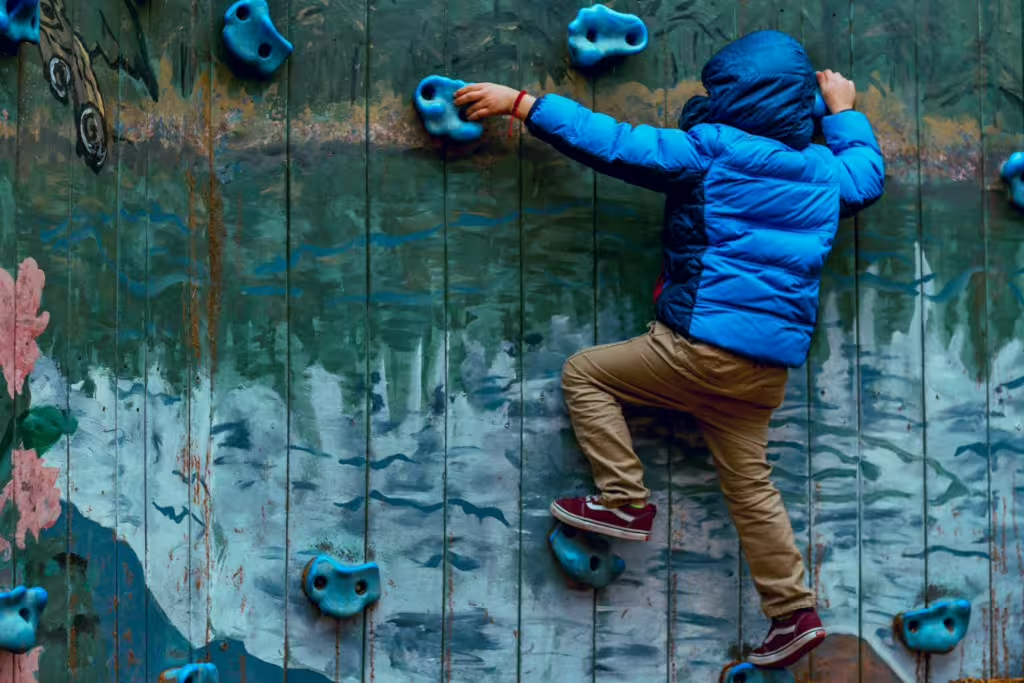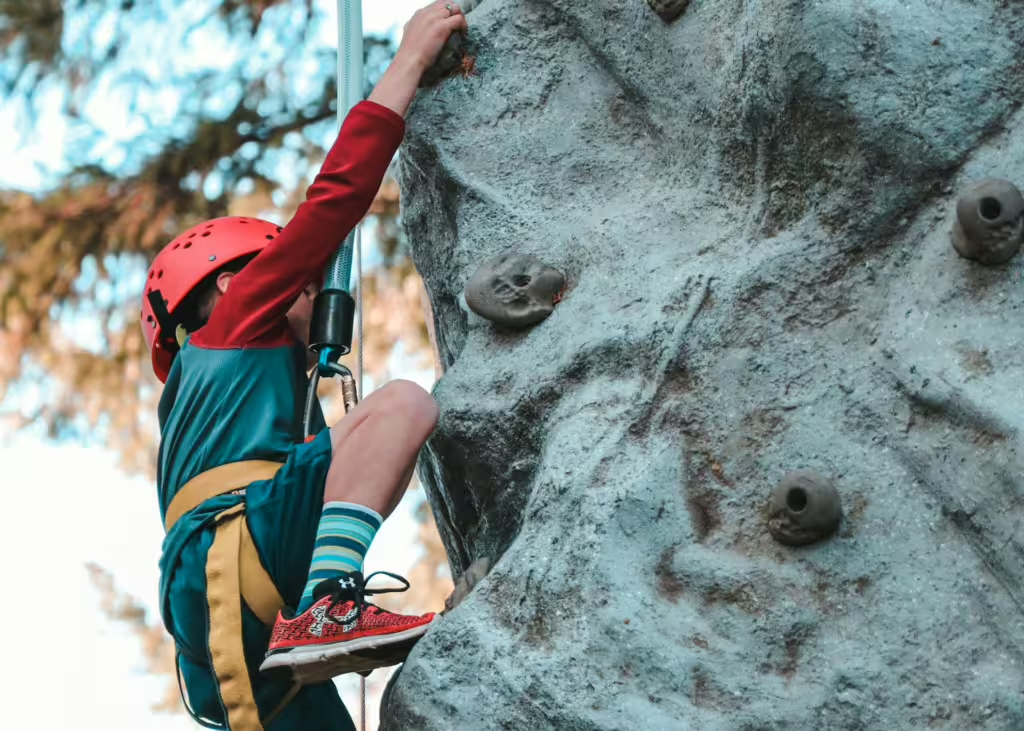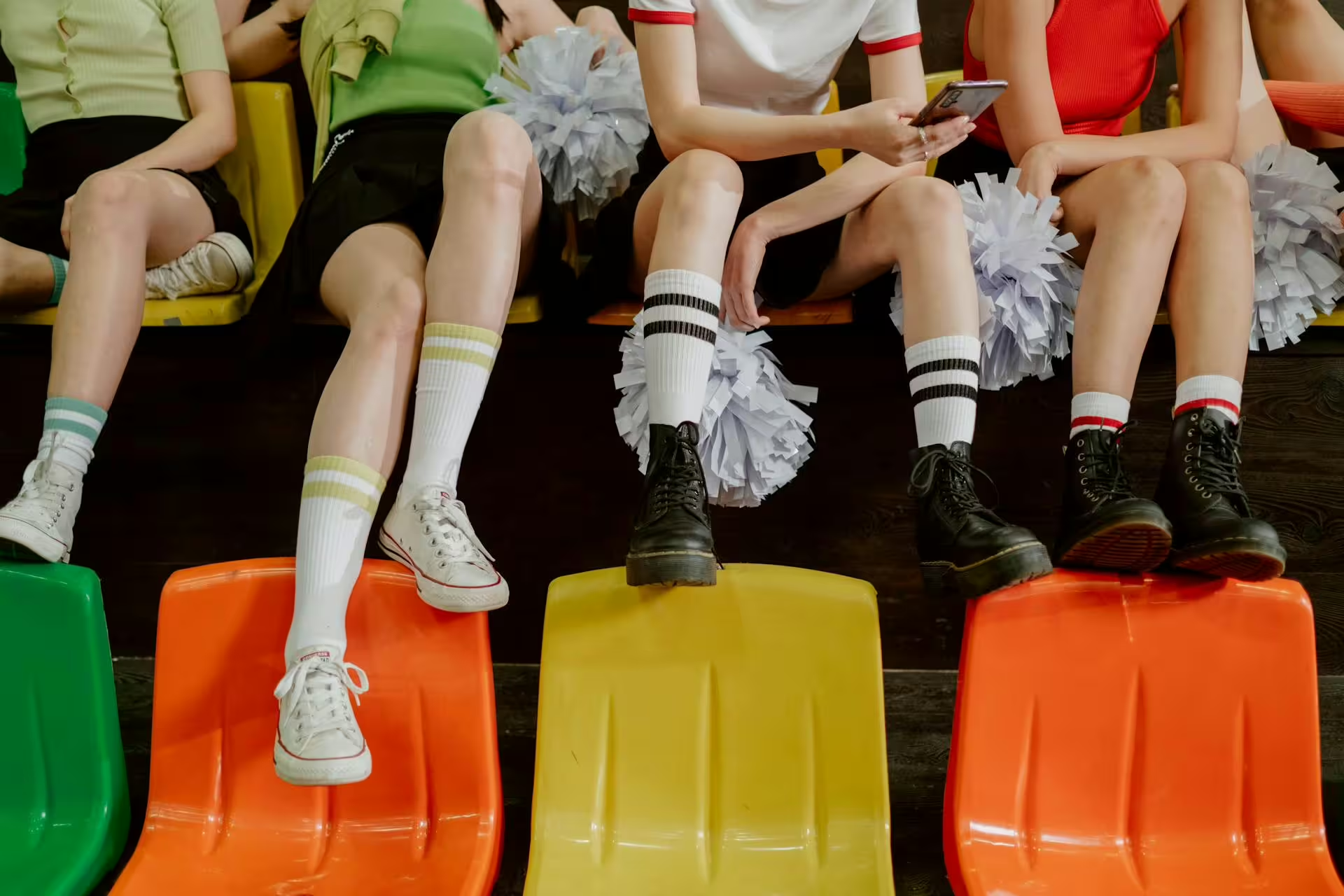Most of us think about youth sports in terms of baseball diamonds, soccer fields, swimming pools, and padded gymnasiums, but there is one off-beat sport that is currently climbing in popularity among kids and parents alike; rock climbing.
Once upon a time, rock climbing was relegated to the realm of extreme sports. In those bygone days, only the most avid, athletic adults would dare to partake in such a “risky” activity. Today, however, times and opinions have changed a great deal. Rock climbing has become one of the fastest-growing sports for kids and teens. Climbing gyms can be found in many communities and many of them offer classes specifically designed for young climbers.
The best part is, climbing doesn’t even have to be a competitive sport. If your child wants to climb for fun, physical exercise, and to build their confidence, they can do so. That said, if they want to climb against other athletes, they can do that too. The sky’s the limit; so to speak.
In either case, climbing offers young athletes a unique combination of physical activity, mental challenge, and personal growth. It’s a sport that builds a person’s muscles, enhances their courage, challenges their problem-solving skills, and teaches them the value of resilience. Another excellent facet of youth climbing is that, while it can be done outdoors on real, actual rock faces, it can also be done in the relative safety of a climbing gym.
In this article, we will teach parents all about the different climbing programs that exist out there for children and teens. We will also talk about the many benefits of youth climbing. So get ready to gear up and make the climb. Don’t worry, if you fall, we’ll be there to pull you right back up!

How Kids can Benefit from Rock Climbing
Let’s be frank, when we think about the challenge that rock climbing poses for novice climbers, the only real goal is to reach the top of the wall…and getting back down safely, of course. But rock climbing as a sport is about far more than just the ups and downs of a day’s climb. At it’s core, youth climbing is about setting goals, working through challenges, and learning to trust oneself. For kids or even teens, these are truly valuable lessons which can have a lifelong impact.
Here are some of the biggest reasons parents might consider enrolling their children in climbing programs:
Full-Body Fitness
Anyone who has ever been climbing knows that it is one heck of a workout. Climbing works every muscle in the body. Kids use their arms to pull themselves up and stabilize, they use their legs to push upward and balance themselves, and they need their core muscles to stay steady and maintain body control as they climb. In fact, climbing is one of the few sports that develops an athlete’s strength, flexibility, balance, and endurance all at once.
Another interesting thing about climbing is that it is a natural motivator. Kids don’t need to do repetitive drills to get better, they just need to take another climb and learn a new route. Each climb is different; a puzzle they need to solve and a new type of workout for all their muscles; mental and physical.
Problem-Solving and Mental Focus
In the same vein, climbing is often an exercise in problem-solving. Climbing requires careful planning and placement. Athletes need to be able to plan a route and change course if they get stuck. They need to be mindful of their physical limitations and push past them as they learn to ascend. It takes practice and persistence to climb; both of which children will end up using throughout their lives.
Confidence and Self-Esteem
Reaching the top of a difficult climb gives children a feeling of true accomplishment. Athletes may end up surprising themselves by accomplishing what they previously believed was “impossible.” Remember, success doesn’t always have to look like it does in other sports. Succeeding in climbing isn’t always about beating someone else, it’s about pushing past one’s personal limitations and overcoming one’s fears.
Social Skills and Teamwork
In many ways, climbing is considered an individual sport, but that doesn’t mean that there isn’t a strong social component to the activity. Kids can cheer each other on, just as they do in sports like swimming and gymnastics, but they can also share tips, and celebrate successes together. Then, there’s roped climbing, which involves several climbers. In this method, the belayer (the person managing the safety rope) is just as important as the climber. These types of partner dynamics teach children about trust, cooperation, and communication—all of which are essential life skills.
A Safe Way to Take Risks
Another great thing about climbing, especially in gym settings, is that it is relatively safe. Climbing gyms offer kids myriad opportunities to explore risk in a controlled, supportive environment. It might look dangerous at first glance but indoor climbing is actually one of the safest sports when done properly. Indeed, with trained instructors, safety gear, and padded floors, kids can climb without concern. The types of safety precautions that exist in youth climbing help children to assess risk and make smart choices under pressure; though not under enough pressure that they need fear injury.

What to Expect from Youth Climbing Programs
As we touched on earlier, most cities have at least one climbing gym and many of these have youth programs, camps, and/or competitive teams. These gyms usually have beginner programs that teach basic climbing techniques, along with the proper use of equipment. This means children get to learn how to use harnesses, ropes, and climbing shoes. Climbing teams and private climbing lessons are usually also provided, depending on the program. The best course of action is to ask what’s available and keep yourself apprised of any next-level programs that might arise as your child grows in experience.
Climbing Equipment for Kids
The good news for parents who might be worried about expense is that getting started in climbing doesn’t have to be a huge investment. First off, climbing doesn’t require a lot of gear and even if you need some shoes, clothes, and a chalk bag, most gyms provide rental harnesses, helmets, belay devices, and the like. That said, if your child sticks with the sport, you might consider buying personal equipment. Just make sure the equipment fits properly. Loose-fitting equipment is never good nor safe for any youth sport, especially climbing.
Why is Climbing Safe?
Parents that still worry that climbing is too dangerous, need not fear. Indoor climbing gyms have padded floors, trained coaches and staff, well-maintained ropes and harnesses. and strict safety protocols that all climbers must follow; regardless of age. Kids also learn how to fall safely right from the start, as those types of slips are bound to happen.

How to Get Your Child Started in Climbing
If you’ve read this far and you feel like your child might be interested in trying climbing, there are a few beginner steps you should take to get started. First, visit a local climbing gym so that you can talk to the coaches, learn about the facilities, and maybe even try a few introductory climbs for beginners. Many gyms offer try-it-out sessions so kids can get the feel of a climb. Converse with the staff to find out about their safety precautions and how they handle nervous or frightened climbers. You and your child could even watch a few climbs and classes to see how they go. That alone might be enough to get them excited to try it themselves!
The Growth of Competitive Youth Climbing
Those with a competitive mindset would do well to remember that climbing is now an Olympic sport and one that people train for, even from a young age. As such, the youth climbing community is growing quickly. In fact, many children who start in local gym programs go on to compete in USA Climbing competitions, school climbing teams, and often regional or national championships.
Cultured Athlete Says…
As you can see, youth rock climbing offers children a way to push themselves past their fears and their physical limitations. It offers them a way to get excellent exercise that works their whole body. Climbing allows them to enhance their mental abilities, their self-confidence, and their teamwork skills. In climbing gyms, kids can make mistakes and learn from them. They can push past those foibles and reach their goals, literally and figuratively. So why not give climbing a try one of these days. You never know, that first trip to a local climbing wall may one day see them scaling Everest!
Discover more from CulturedAthlete
Subscribe to get the latest posts sent to your email.






